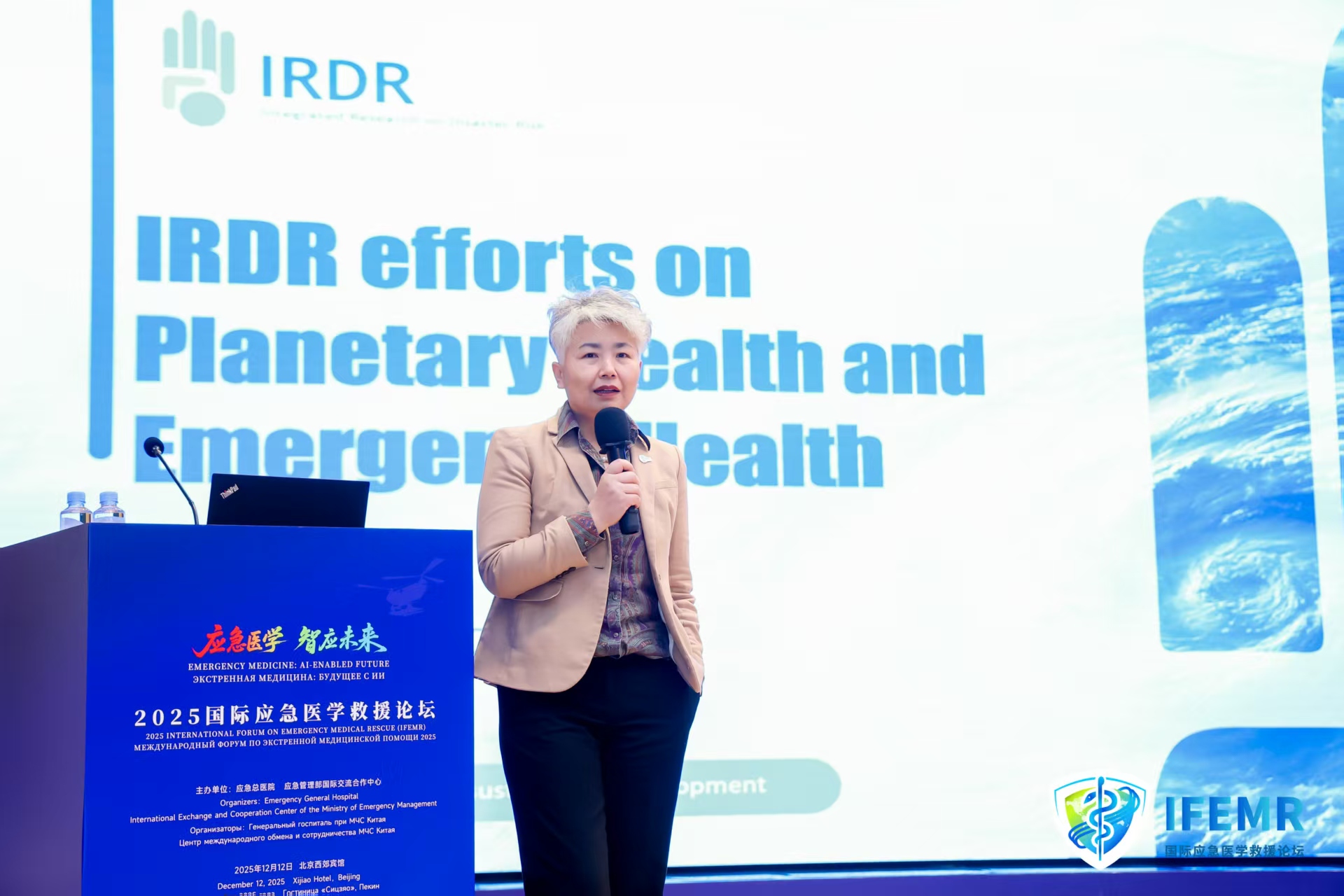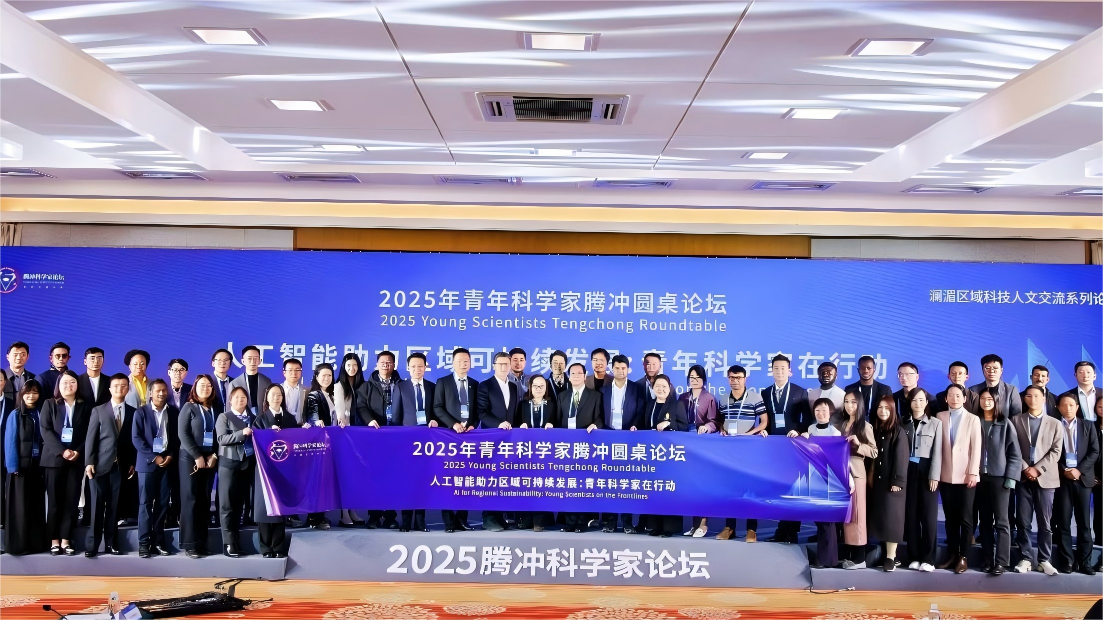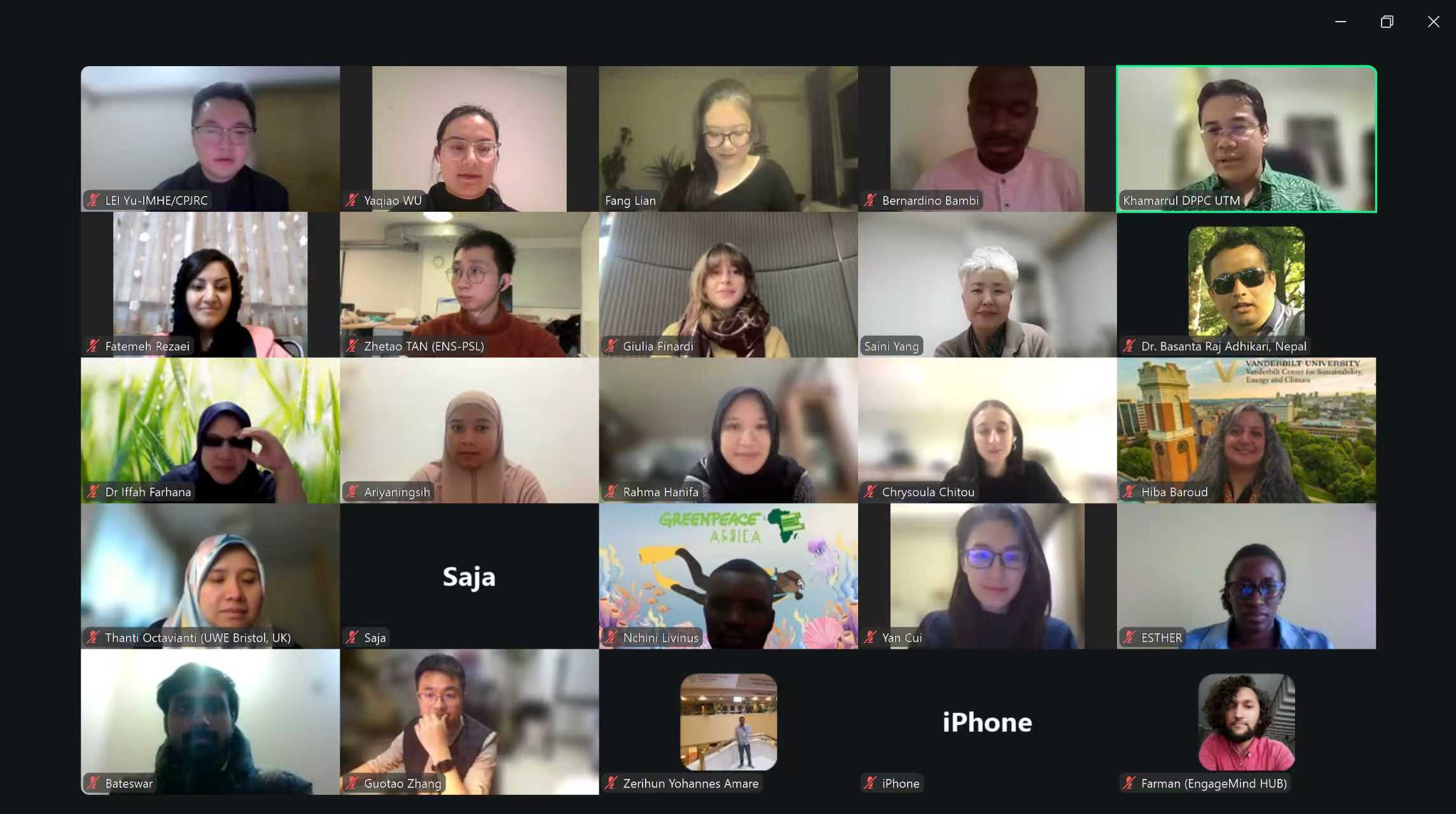IRDR SC member S.H.M. Fakhruddin from the Asian Institute of Technology (AIT), Bangkok, Thailand, jointly with A. Kawasaki from the Department of Civil Engineering at the University of Tokyo, Japan, recently published an article in “Natural Hazards and Earth System Sciences”, the interactive open-access journal of the European Geosciences Union.
Titled “Assessing the vulnerability of infrastructure to climate change on the Islands of Samoa”, the article also reflects the increased interest of the IRDR community to extend its research into the area of infrastructures, witnessed by the recent establishment of two new IRDR International Centres of Excellence related to understanding the vulnerabilities and resilience of public service and corporate infrastructures.
“Pacific Islanders have been exposed to risks associated with climate change. Samoa, as one of the Pacific Islands, is prone to climatic hazards that will likely increase in the coming decades, affecting coastal communities and infrastructure around the islands. Climate models do not predict a reduction of such disaster events in the future in Samoa; indeed, most predict an increase. This paper identifies key infrastructure and their functions and status in order to provide an overall picture of relative vulnerability to climate-related stresses of such infrastructure on the island. By reviewing existing reports as well as holding a series of consultation meetings, a list of critical infrastructure was developed and shared with stakeholders for their consideration. An indicator-based vulnerability model (SIVM) was developed in collaboration with stakeholders to assess the vulnerability of selected infrastructure systems on the Samoan Islands. Damage costs were extracted from the Cyclone Evan recovery needs document. Additionally, data on criticality and capacity to repair damage were collected from stakeholders. Having stakeholder perspectives on these two issues was important because (a) criticality of a given infrastructure could be viewed differently among different stakeholders, and (b) stakeholders were the best available source (in this study) to estimate the capacity to repair non-physical damage to such infrastructure. Analysis of the results suggested a ranking of sectors from the most vulnerable to least vulnerable are: the transportation sector, the power sector, the water supply sector and the sewerage system.” (Abstract)





